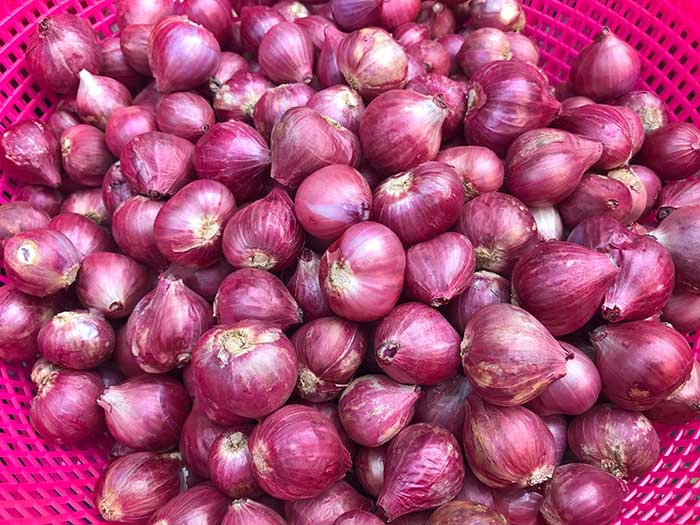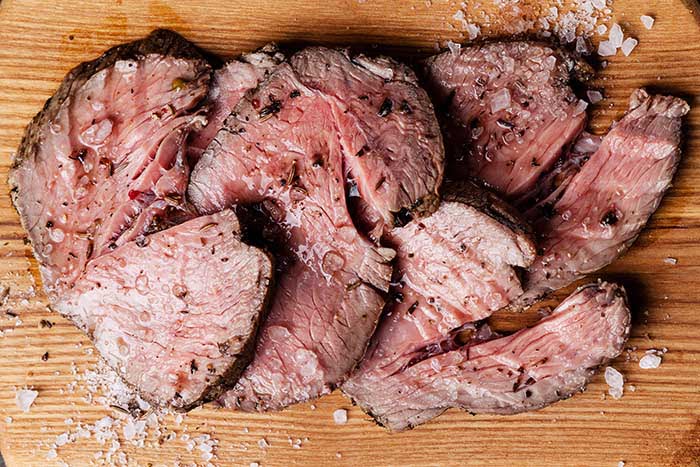Need a quick last-minute sage substitute? These best eight ingredient alternatives will get you out of trouble.
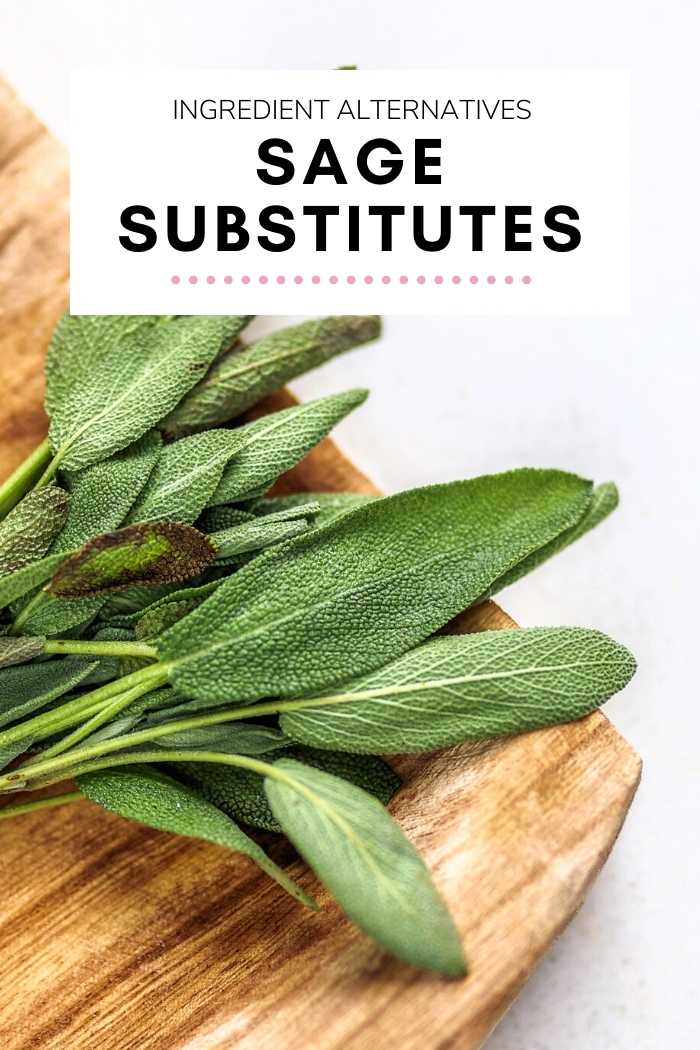
Sage always makes for a great addition to a recipe because of its aromatic and warm flavors. It beautifully balances between sweet and bitter, making it a great addition to a great number of recipes. It’s widely used in Mediterranean food, mainly Italian, and goes well with meat and vegetables alike.
As a result, it’s rightly regarded as an essential herb for any home cook to have. However there are going to be times when you just don’t have any to use.
Fear not though, here are eight sage substitutes to get you out of trouble.
Marjoram
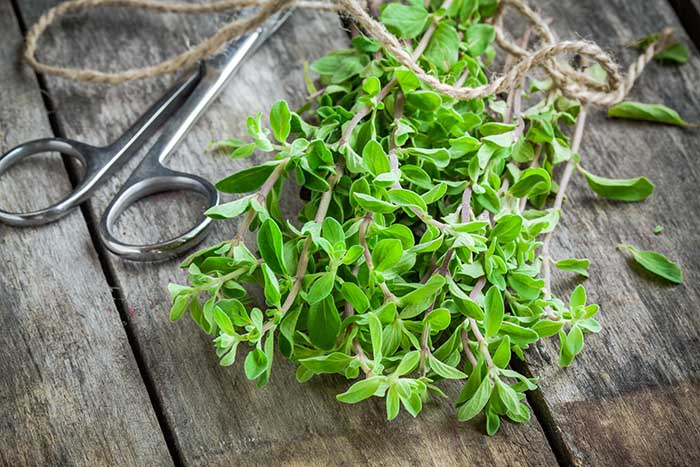
Heading our list is probably the best substitute for sage: Marjoram. Just like sage, it’s a member of the mint family, and it’s this relation between the two of them that makes marjoram such a good bet.
They both have very similar flavor profiles, which they both owe to being part of the mint family. For similar reasons, both sweet basil and thyme (more on these later) make ample replacements but marjoram is one cut above.
Like with many substitutes, their appropriateness can very much come down the recipe that you’re actually cooking. As a result, marjoram goes very well with meats, although its flavor profile is has a touch more citrus to it.
In terms of quantities, use just as much as you would for sage. You can even use dried marjoram to replace fresh sage in equal amounts.
The only downside to marjoram as a sage replacement is that it is only really an ample replacement when used as a garnish, as opposed to an actual ingredient. If you need a sage substitute for long cooking then consider thyme.
Thyme
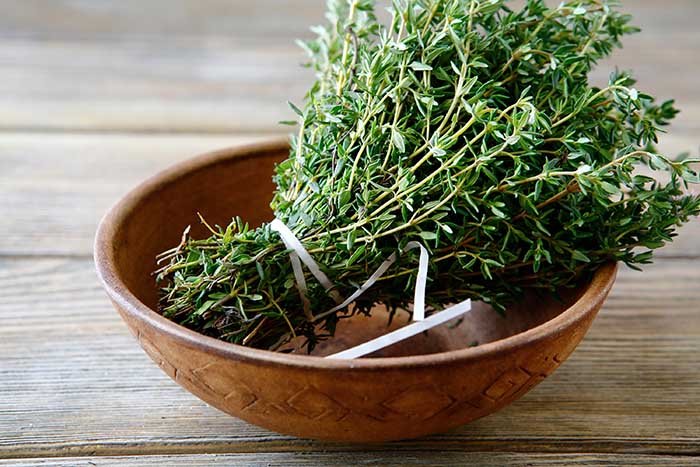
Just like sage and marjoram, thyme is a member of the mint family and so shares a similar flavor profile to the two. It’s used widely in cuisines across the Mediterranean, and goes brilliantly with vegetables and meats alike.
Also, unlike marjoram, it’s suitable for long cooking. For example, it goes fantastically with Italian pasta sauces.
While thyme can be used in dried form, if being used as a substitute for sage then it’s best being used fresh. And just like with marjoram, you can match quantities easily by using just as much thyme as you would sage. For this reason, sage is also a great alternative to thyme.
In terms of flavor, thyme can share citrus flavors similar to marjoram but it also tends to have slightly more wooden and mint notes to it too.
Poultry Seasoning
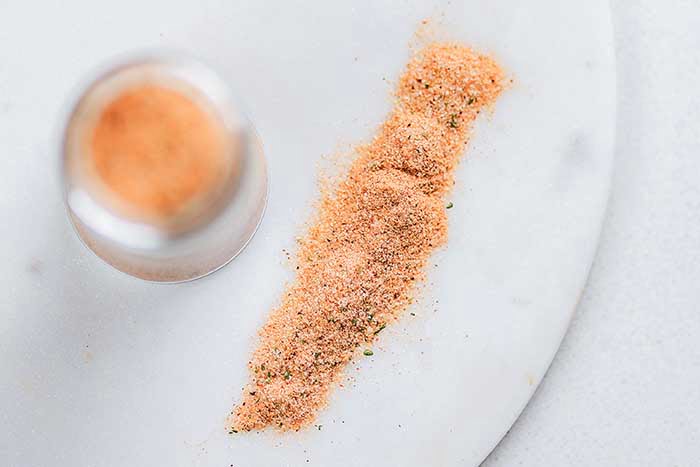
While not in itself a single pure herb, poultry seasoning also makes for a great replacement. This largely owing to it actually containing sage itself.
As you can tell from its name, it goes well with chicken, but also other meats, as well as soups and stews.
It does however contain nutmeg, so try to use it sparingly rather than match the quantities of sage that a recipe calls for. This will call for a little of your own judgement, so be sure to taste the seasoning yourself first before applying it.
Savory
We’re going off the beaten path here and straying away from the mint family with savory. Although not found everywhere, it is common in Canada. While in the U.S. and Europe a lot of people might use sage, in Canada a lot of cooks use savory for meat-based dishes, especially poultry.
What the uninitiated of you might not know is that savory actually comes in two forms: A summer variety and a winter variety. Its flavor though is very similar to sage and thyme, while it is relatively delicate and mild. Although its winter variety is slightly more bitter, and both varieties can be slightly peppery.
Just like with many of the substitutes in this list, you can simply use savory in the same amount as you would sage.
Just like poultry seasoning, savory is largely found in stuffing and poultry.
Rosemary
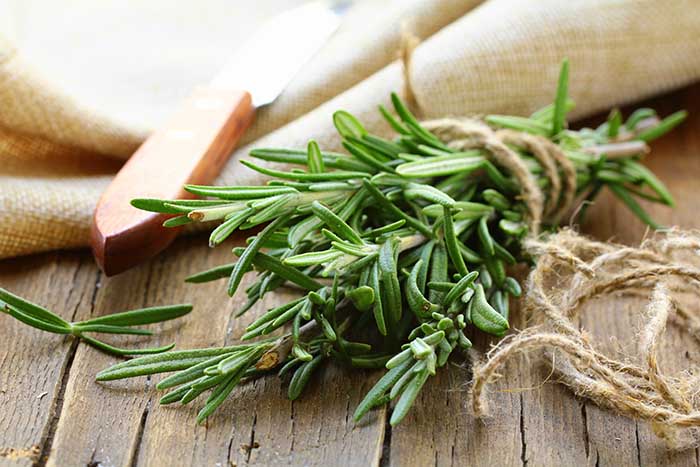
Rosemary and sage can often be used interchangeably. In fact, sage features on our list of the best rosemary substitutes so it stands to reason that it features on our list here.
While some of the herbs and seasoning we’ve mentioned thus far have been slightly more unusual, hopefully a lot of you have rosemary in your kitchen.
While a lot of herbs on our list have been fairly mild, rosemary is relatively strong in flavor. As a result, it can risk dominating the other flavors in a recipe. Its flavor is citrusy and has a very unique aroma.
Its strong flavor means that it can only be used sparingly, so be careful not apply as much as the sage that a recipe asks for. As a guide, try to use about a third of what the recipe calls for.
Perhaps not suited best for stews or soups, but it does go very well as a sage substitute when used with meats, like poultry and pork. It’s also beautifully matched in recipes that call for wine.
This one is a strongly flavored herb that must be sparingly used. It could be the best substitute if you don’t have sage in stews and soups. And this one could also be used in poultry and pork.
Basil
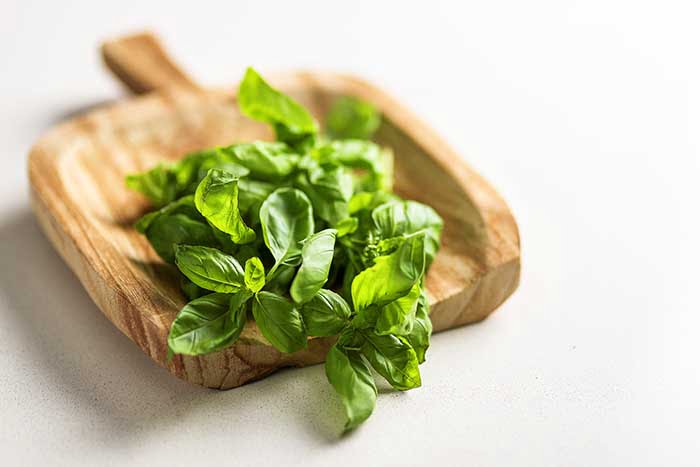
Much like thyme, basil is a herb that matches brilliantly with Mediterranean dishes, particularly pasta recipes and traditional pizza dishes.
With its aroma of cinnamon to it, it makes a great replacement for sage. And it particularly goes well with pizza and pasta largely owing to its anise flavoring. It also matches with garlic and tomato.
While it can be used in cooking, it also works well as a garnish and can be used to flavor foods like meat, fish, soup and pesto.
When using as a replacement, use just as much basil as the recipe calls for sage. If the recipe calls for fresh sage then be sure to use fresh basil too.
Oregano
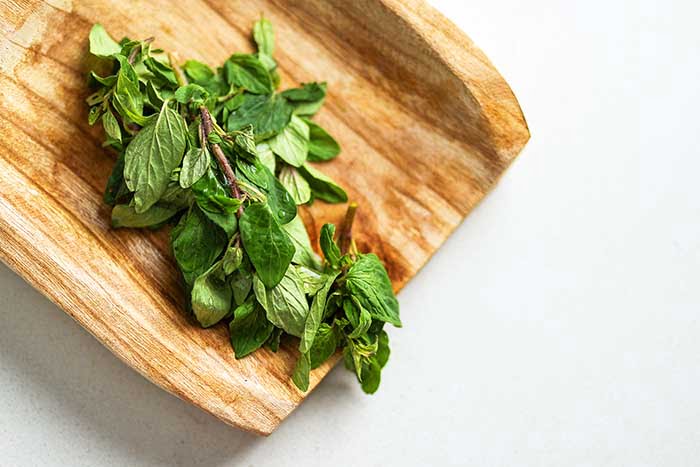
After featuring both basil and thyme in our list it should comes as no surprise that we also have oregano in our list. While oregano is slightly more bitter, its warm flavors make it a great alternative. Oregano can be slightly more intense in flavor than sage, so try to use just a little bit less when a recipe calls for it. Just be mindful that it can be difficult to add it to taste as the herb tends to release its flavors as it warms.
Just like with basil and thyme, oregano goes perfectly in Mediterranean dishes, especially pasta sauces. It also goes brilliantly in chilis.
Mint
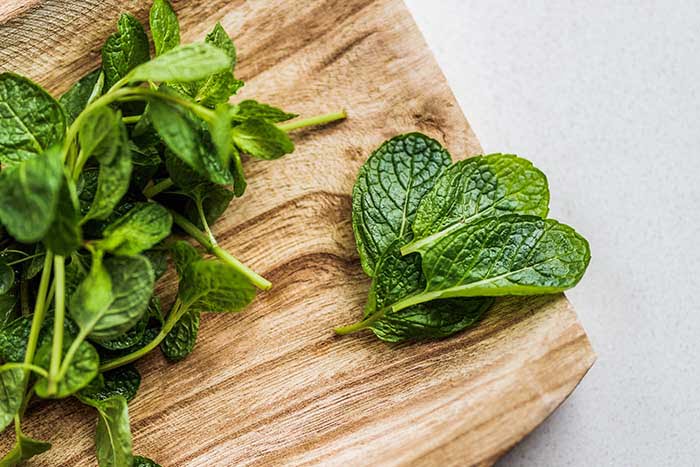
Finally, we’re leaving you with a slightly more unusual alternative: Mint.
Strictly speaking, it’s not a like-for-like replacement as the flavor of mint leaves is certainly brighter than that of sage. However, in the right quantities and with the right food it can make a brilliant alternative to lighten up a dish.
Sage’s pine-like taste is not too dissimilar from mint’s sharp flavors. While it might not go well with Mediterranean sauces, it can be used brilliantly with chicken and pork.
Mint is slightly more striking in taste though, so try to only use half as much mint as you would sage.


